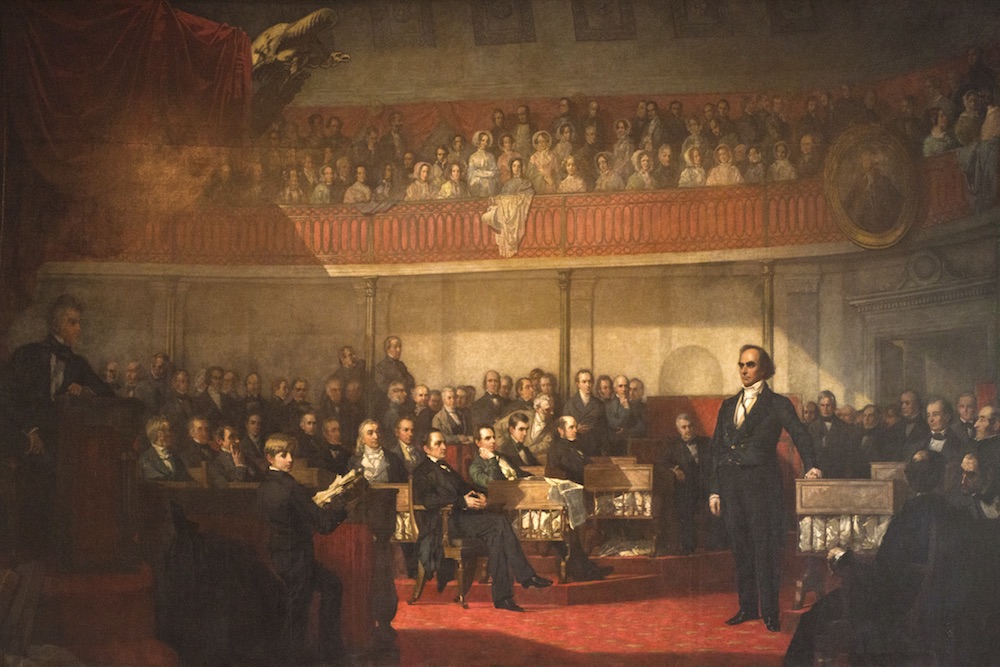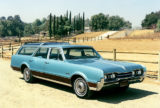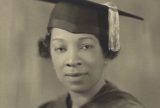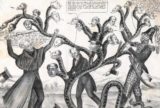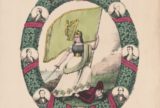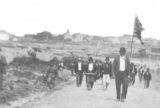The Dazzling 1830 Defense of a Strong Federal Government
New England Statesman Daniel Webster Found Religion in Centralized National Power When it Served His Region’s Interests
For generations, school children memorized the ending to Daniel Webster’s “Second Reply to Hayne,” delivered during the famous Webster-Hayne debate of January 1830. This most-famous-of-debates began in a modest fashion, with an argument over westward expansion and morphed into a discussion of tariffs and then nationalism versus states’ rights. Over time, the discussion came to symbolize something much more about American unity, as Webster’s soaring defense of nationalism and American nationhood, crowned with the words “Liberty and Union, now and forever, one and inseparable,” became a civics lesson in the …




